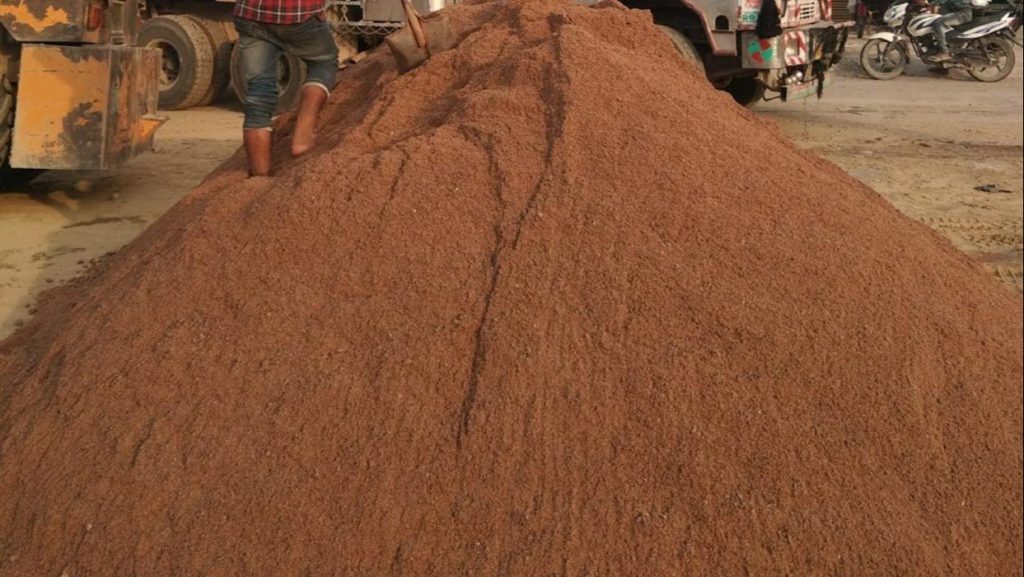Liquid Waterproofing Membrane: Benefits for Modern Construction Projects
The materials used to waterproof building structures must be easy to use and last for a long time. They have to be resistant to chemical and can accommodate building movement.
Polyurethane waterproofing membranes can be used in a variety of ways and can be used in both above and below grade applications. These membranes can be self-adhered or nailed down and are very easy to install.
Bituminous Membranes
Bituminous membranes are self-adhesive sheeting or are attached to concrete by a suitable roofing cement. The majority of these membranes have an underlying layer of felt to give the strength and flexibility needed for spanning roof decks. Felts also help reduce pressure on the membrane caused by directions of force. It is important to prepare the membrane’s surface prior to putting them in place, as any imperfections could compromise the performance of the waterproofing system.
Bitumen membranes have outstanding durability, strain resistance and the ability to vaporize and are durable. They are used along with insulation and protective boards to create a composite material that is more effective than the materials alone.
In the process of installing these kinds of membranes, it is vital to check that all end laps are well-sealed and heat welded so that there are no air gaps. Additionally, these types of membranes are only used on surfaces with a lower levels of moisture to stop the formation of blisters. If blistering does occur, it typically occurs due to uneven distribution of moisture between the membrane’s surface and concrete.

Liquid Waterproofing Membrane
The membranes that waterproof buildings protect them from bulk water intrusion above grade and infiltration below grade caused by hydrostatic pressure. It helps to protect buildings from expensive damage, enhances selling value and also improves occupant protection and security.
The waterproofing membranes made of liquid are put on in liquid form, and then cured to provide an insulating barrier from the elements cat san lap. They’re available in many types, such as bituminous cementitious, as well as polyurethane systems.
The products are flexible and accommodating of surface movement as well as cracks. They also provide excellent durability against UV radiation, weathering and abrasion. They’re a great solution for rooms with water and showers, that can be tough to waterproof using sheet membranes that need overlapping accessories.
Cementitious Waterproofing Solutions
These waterproofing products are usually applied by brush, trowel or spray and offer a layer of protection for concrete structures. They are able to resist both negative and positive pressures as well as protect against damage caused by mildew and mold. They are suited in both ground and underground installations, as well as when systems use potable water.
The type of waterproofing used is the cement-based polymer blend to create a strong, long-lasting finish when it has fully set. They are suitable for walls, floors, roofs and retaining walls. They’re resistant to heat, UV exposure and weathering.
The type of waterproofing that is used has one of the advantages of being easy to install and inexpensive. The material is durable and is resistant to chemical damage as well as scratches. It’s suitable for residential and commercial applications. The material is easy to fix in the event that it becomes damaged and is perfect for bathroom environments that are wet, like.
Polyurethane Waterproofing
The waterproofing membranes made of polyurethane are a liquid-applied product that provides significant advantages in particular situations where seamless systems are needed in either aesthetic or structural motives. They are easy to apply and employed using a roller, or a trowel. They also offer superior crack-bridging capabilities and exceptional Tensile Strength.
They are also highly flexible This means that they are able adapt to structural changes and temperature fluctuations, without cracking or breaking. This also allows them to keep their durability for a longer time. The solutions for waterproofing are impervious to chemical and abrasion.
These waterproofing coats are put on top of hardwood or ceramic floor surfaces. They can be utilized to prevent dust accumulation as well as to maintain brightness and give a nice aesthetic appearance. These coatings can be found in potable water tanks as they’re extremely resistant to corrosion and safe for use with water that is filtered. They can also be utilized to underlay wall waterproofing system. They come in various different thicknesses and colours that can be used for different designs.